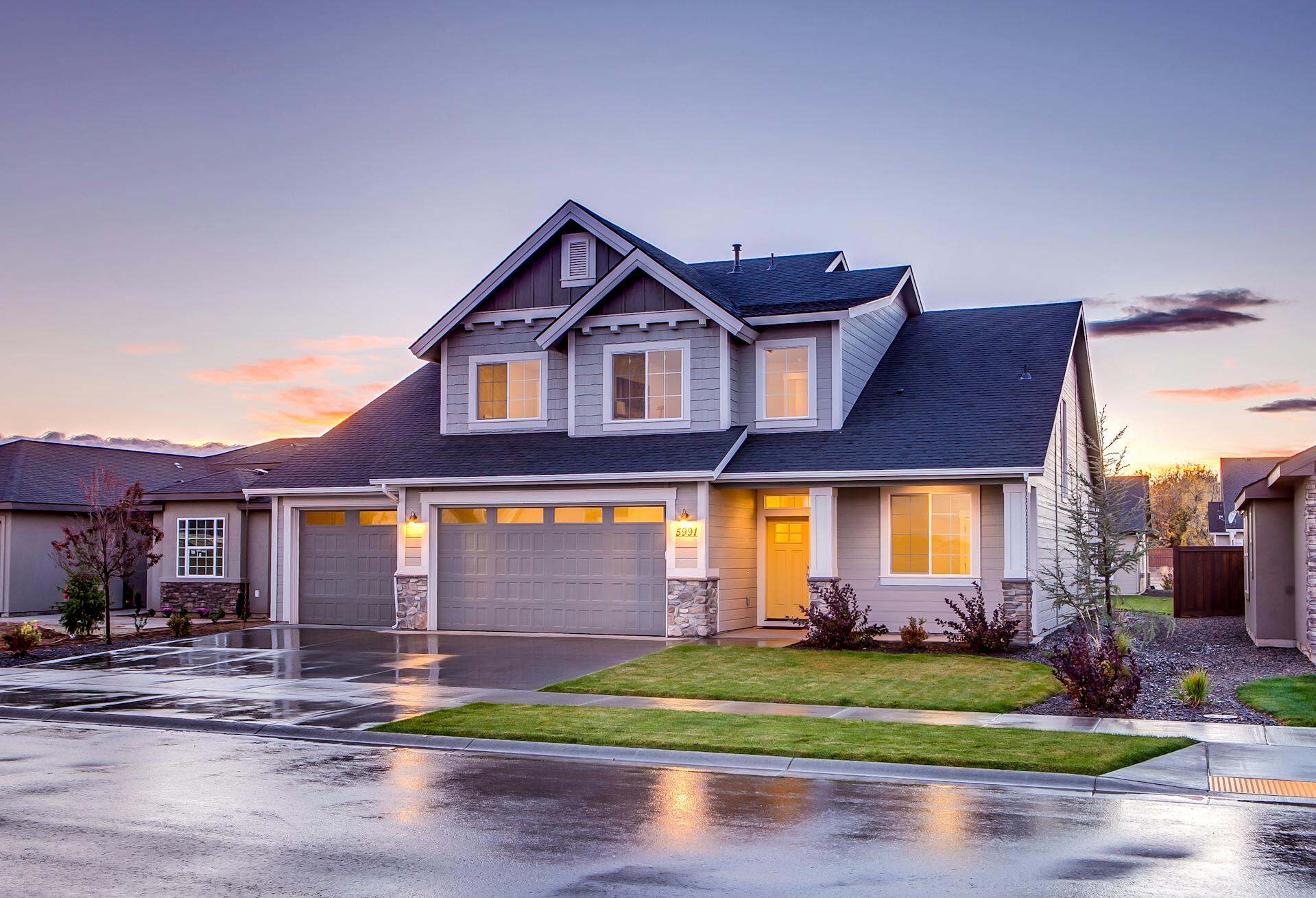Top 5 Mistakes DIY Home Renovators Make When Remodeling
1. Underestimating Costs
One of the most common mistakes DIY home renovators make is underestimating the costs involved in a remodel. Many people think they can cut corners and save money, but they often forget to account for unexpected expenses such as structural issues, permit fees, or additional materials. This can lead to incomplete projects or subpar finishes.
2. Skipping Permits and Inspections
Attempting to bypass permits and inspections to save time and money can backfire significantly. Not only is it illegal, but it can also result in fines, project delays, and safety hazards. Moreover, unpermitted work can reduce your home’s value and make it difficult to sell in the future.
3. Ignoring Structural Issues
Cosmetic updates are appealing, but ignoring underlying structural problems can be dangerous and costly. Issues like faulty wiring, plumbing leaks, or foundation cracks must be addressed before any aesthetic improvements. Neglecting these can lead to severe damage requiring expensive repairs down the line.
4. Poor Time Management
Many DIYers underestimate the time needed to complete a remodel. Without proper planning, projects can drag on for months, disrupting daily life and causing frustration. Additionally, rushing through tasks often leads to mistakes that are costly and time-consuming to fix.
5. Overconfidence in Skills
While enthusiasm is great, overestimating your skills can lead to disastrous results. Tackling complex tasks without the necessary expertise can result in poor workmanship and even serious injuries. It’s essential to recognize your limitations and seek professional help when needed.
Startling Examples of DIY Gone Wrong
- A homeowner attempted to replace their electrical panel without professional help, resulting in a fire that caused extensive damage.
- Skipping a structural inspection led to the collapse of a newly renovated bathroom floor, causing significant injury and repair costs.
The 10 Most Important Things to Consider When Doing a Home Remodel
1. Budgeting
Create a detailed budget that includes all potential costs, from materials and labor to permits and contingencies. Set aside at least 10-20% of your budget for unexpected expenses to avoid financial strain.
2. Planning and Design
Develop a comprehensive plan and design before starting any work. This includes creating a timeline, deciding on the scope of the project, and ensuring that the design aligns with your overall vision for the space.
3. Choosing the Right Materials
Selecting high-quality materials is crucial for the longevity and appearance of your remodel. Research various options and consult with experts to find materials that fit your budget and needs.
4. Hiring Professional Help
Identify areas where professional assistance is necessary, such as electrical work, plumbing, or structural changes. Hiring qualified professionals ensures safety, compliance with local codes, and superior results.
5. Obtaining Permits and Inspections
Before beginning any work, check with local authorities to determine which permits are required. Schedule inspections at key stages of your project to ensure everything complies with building codes and regulations.
6. Managing Timelines
Create a realistic timeline for your project, factoring in potential delays. Regularly review your progress and adjust the schedule as needed to stay on track.
7. Interior Design
Consider hiring an interior designer to help create a cohesive look and feel for your space. Designers can provide valuable insights into color schemes, furniture placement, and décor that enhances functionality and aesthetics.
8. Functionality and Layout
Think about how you use each space and design your remodel to improve functionality. Open floor plans, efficient storage solutions, and intuitive layouts can significantly enhance your home’s comfort and usability.
9. Energy Efficiency
Incorporate energy-efficient features into your remodel, such as insulation, windows, and appliances. These upgrades can lower utility bills and increase your home’s value.
10. Safety Precautions
Always prioritize safety by using proper protective gear, following manufacturer instructions, and adhering to safety guidelines. For hazardous tasks, such as asbestos removal or heavy lifting, hire trained professionals.
The Value of Consulting Professionals
Consulting with professionals for specific renovation projects is invaluable. Their expertise ensures that all aspects of the remodel, from design to execution, meet high standards and comply with local regulations. Professionals can also help identify potential issues early, saving time and money in the long run.
Potential Benefits of Home Renovation
When done correctly, home renovations can significantly increase the value of your property and improve your quality of life. According to the National Association of Realtors, kitchen remodels can recoup up to 80% of their cost upon resale, while bathroom remodels can return around 70%. Additionally, energy-efficient upgrades can reduce utility bills by up to 30%, making your home more comfortable and sustainable.
By investing in a well-planned and executed home remodel, you not only enhance your living space but also increase your property’s marketability and value. Whether you choose to DIY or work with professionals, taking the time to do it right will pay off in the long term.
In conclusion, while DIY home remodeling can be rewarding, it’s essential to approach it with careful planning, realistic expectations, and professional guidance when necessary. By avoiding common mistakes and considering key factors, you can achieve a successful renovation that transforms your home and boosts its value.

